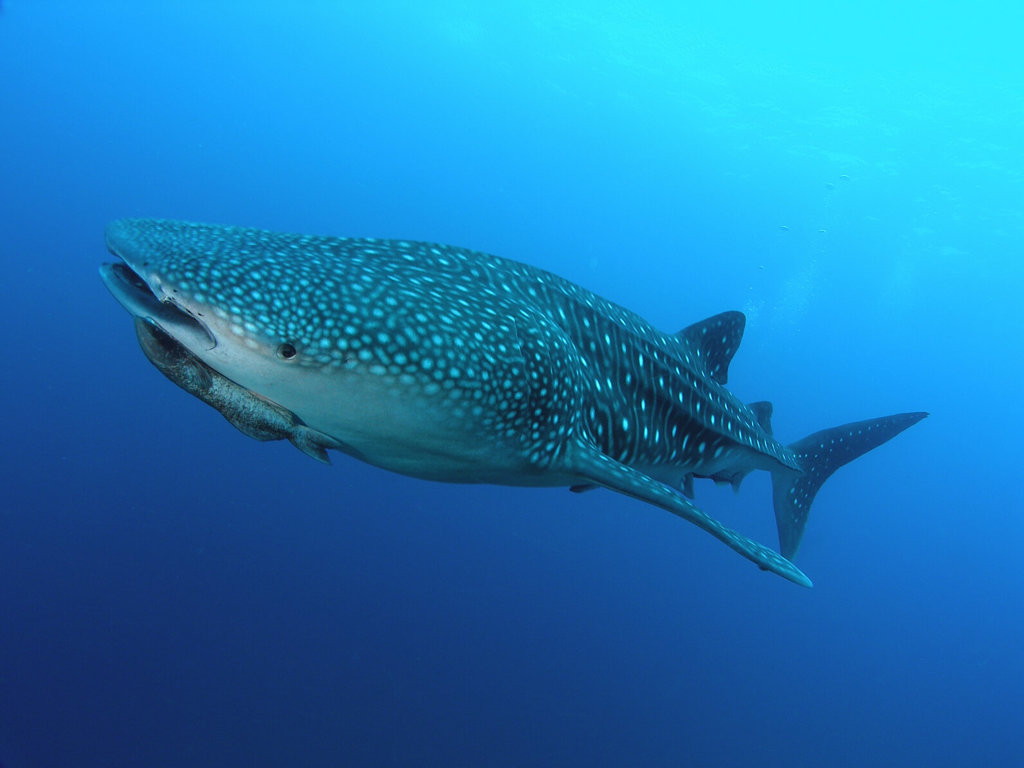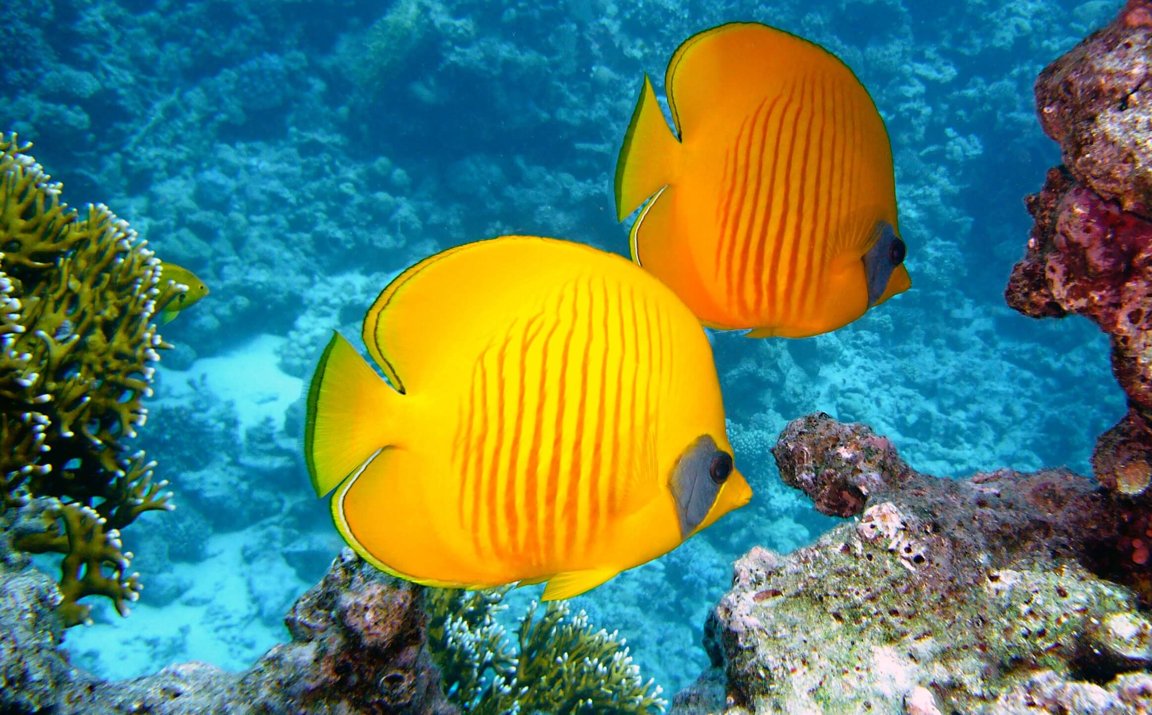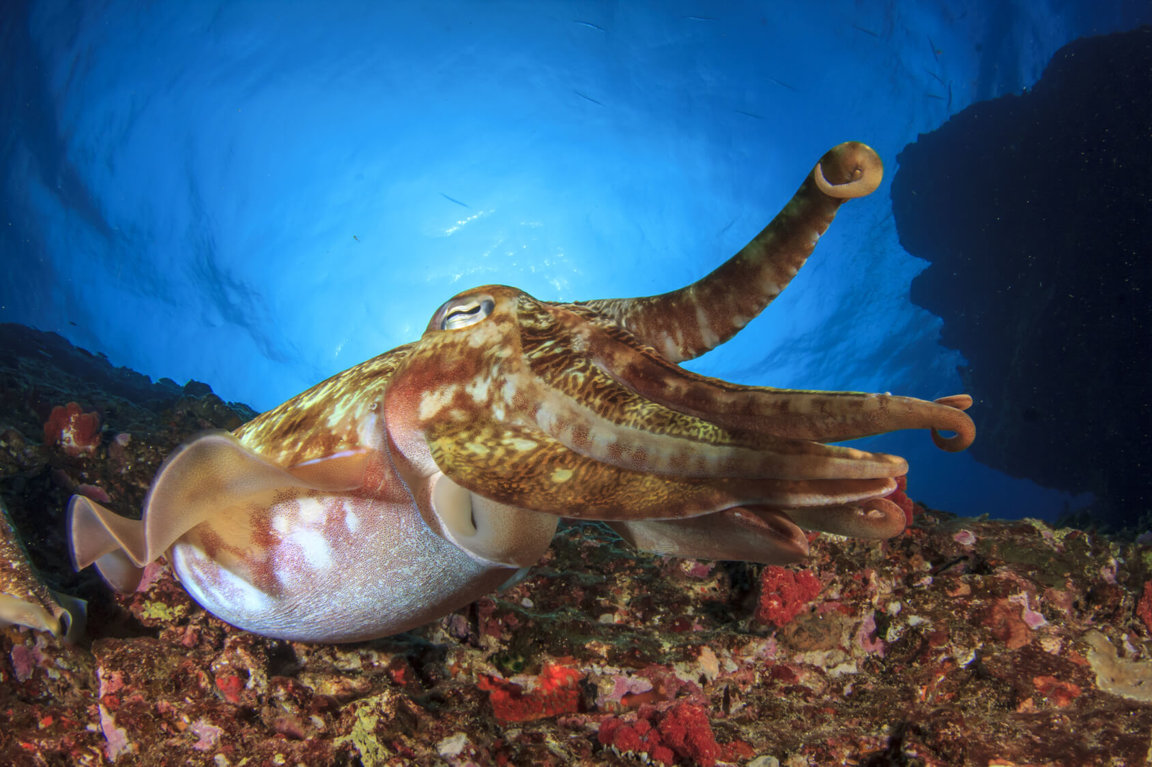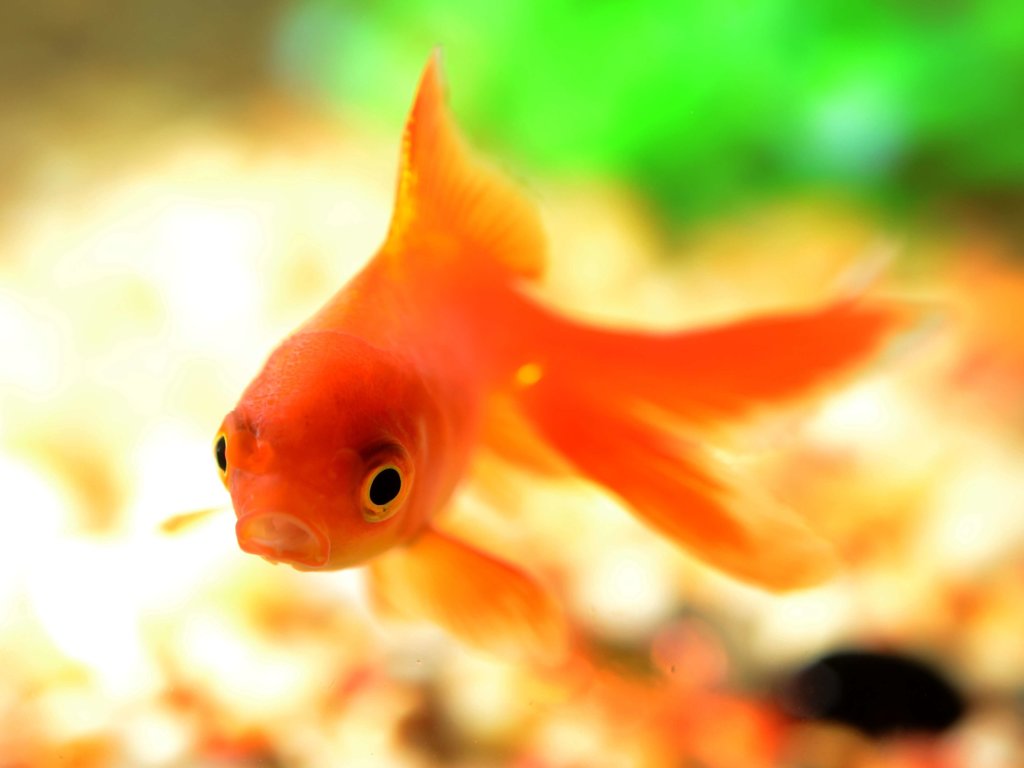
Fish
Fish are cold blooded, live in water and are covered in scales. They breathe through gills located on the sides of their heads. Their gills take oxygen out of the water around them so they can breathe. Their limbs, if they have any, are in the shape of fins and do not have digits. They exhibit greater species diversity than any other group of vertebrates, with over 32,000 known species.Fish live in oceans and freshwater ecosystems. Well adapted to their water world, fish secrete a special type of mucus from their skin. The slime coating helps them move through water faster, protects them against parasites and diseases and covers wounds to prevent infection.
Fish orient themselves using landmarks and mental maps based on multiple landmarks or symbols. They possess spatial memory and visual discrimination.
Most fish have color vision that is at least as good as a human's. Many fish also have chemoreceptors that are responsible for extraordinary senses of taste and smell. Sensitive receptors allow fish to detect gentle currents and vibrations, and to sense the motion of nearby fish and prey. Some fish have organs that detect electric currents. Some can even produce electric currents, which they use in navigation and social communication.
Over 97% of all known fish are oviparous, that is, the eggs develop outside the mother's body. Newly hatched babies are called larvae and do not look like their parents until they go through metamorphosis.
Jaws allow fish to eat a wide variety of food, including plants and other organisms. Many are specialists, eating very limited diets. Others will eat almost anything. Cleaner wrasses eat parasites off of other fish, setting up cleaning stations that predators visit who even allow the wrasse into their mouths to clean their teeth.
 Fascinating Fish Facts
Fascinating Fish Facts Smart & Social
Smart & Social Tool Users
Tool Users Lovers Of Music
Lovers Of Music